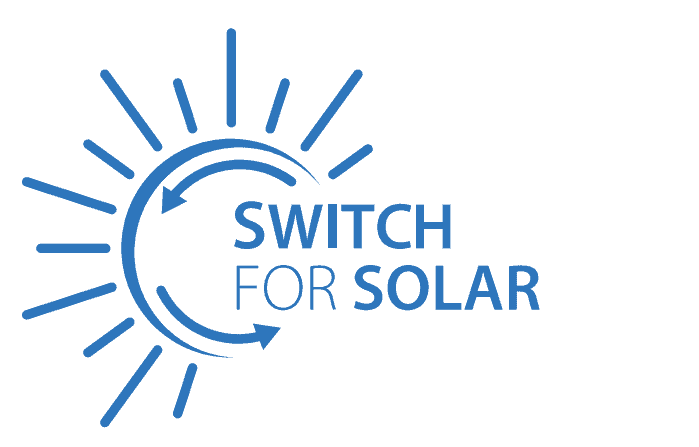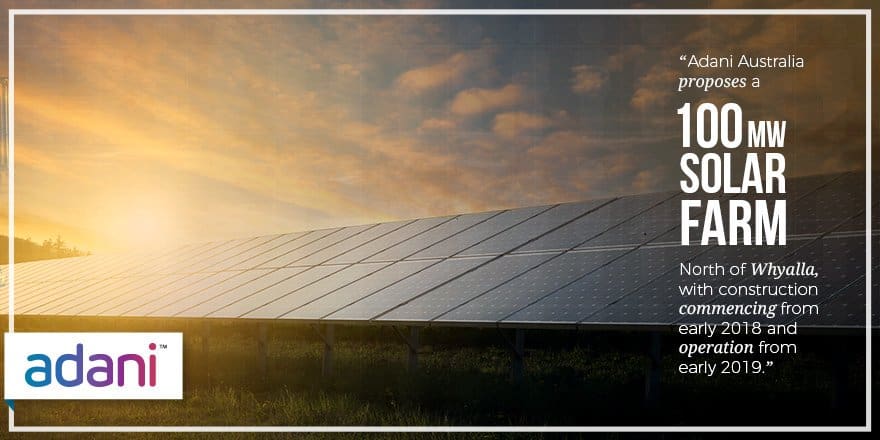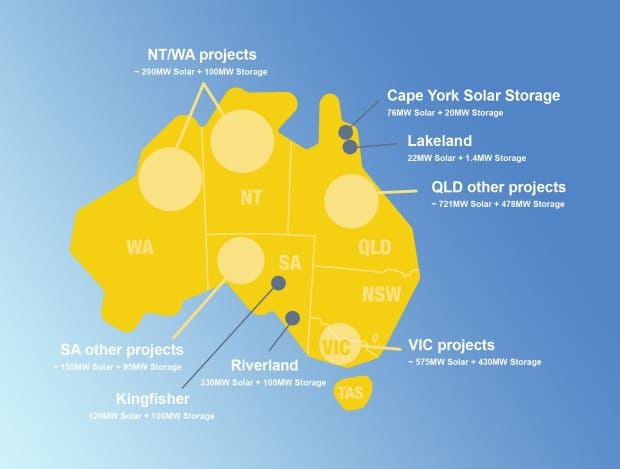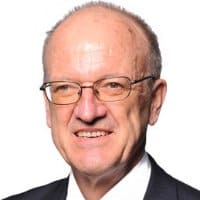Switch for Solar, a $4.25m scheme announced in February which will provide low-income homeowners in suburban Adelaide free solar systems, has begun rolling out today. Let’s take a look!
Switch for Solar guidelines and application
An official statement on the South Australian government website has spelled out further information about the scheme and how the community will profit from it. Based on 4,000kWh/year of usage, families who have the 4.4 kilowatt solar PV system installed (no word on brand yet) will save $210-$665, compared to the energy concession and Cost of Living Concession they currently receive (you have to give these up if you’re selected for the program).
Energy Minister Dan van Holst Pellekaan said those eligible would be contacted directly, starting today (May 18).
“We want to be able to help this cohort of people access cheaper electricity,” van Holst Pellekaan said.
“For many people, the cost of installing solar on their homes is out of their reach, so what we are offering is people who receive low-income and energy concession opportunities from the government to swap those.”
The pilot program will encompass 19 Adelaide suburbs: Hope Valley, Banksia Park, Tea Tree Gully, Vista, Modbury, Modbury Heights, Modbury North, Felixstow, Campbelltown, Newton, Paradise, Athelstone, Dernancourt, Holden Hill, Highbury, Redwood Park and Ridgehaven and Goolwa and Hindmarsh Island in regional SA.
According to the press release, the Switch for Solar program will be partnered with local solar companies Zen Energy and Sharpe Energy Hub.
Free solar system scheme a ‘win-win’

Minister for Human Services Michelle Lensink urged eligible South Australian concession holders to consider the new deal.
“Our new Switch to Solar pilot is a win-win for everyone,” said Minister Lensink.
“Not only is the Government injecting money into the economy and supporting vital jobs through the purchase of 1000 new solar PV systems, our concession holders will get big bill savings off their energy bills.
“There is no doubt this is huge bill relief for the households that take part in this program.”
Interested in learning more? Click here to download the Switch for Solar factsheet in PDF form. The SFS program will be available for up to 1,000 concession households or up to May 2022, whichever comes first.
Apply for a Switch for Solar Assessment here or by calling the program hotline on (08) 8226 3100. To apply you’ll need your Centrelink Customer Reference Number (CRN) or Department of Veterans’ Affairs (DVA) File Number. You’ll need to own your own home in one of the 19 suburbs, and also not already have solar power installed. If you’re one of the lucky 1,000 to get a free solar system, you’ll get a call from Zen Energy/Sharpe Energy Hub and you can go from there!
Have you got a call and are one of the lucky ones? Let us know about your experience in the the comments – it’s a fantastic initiative and we’d love to see how you get on with it!






